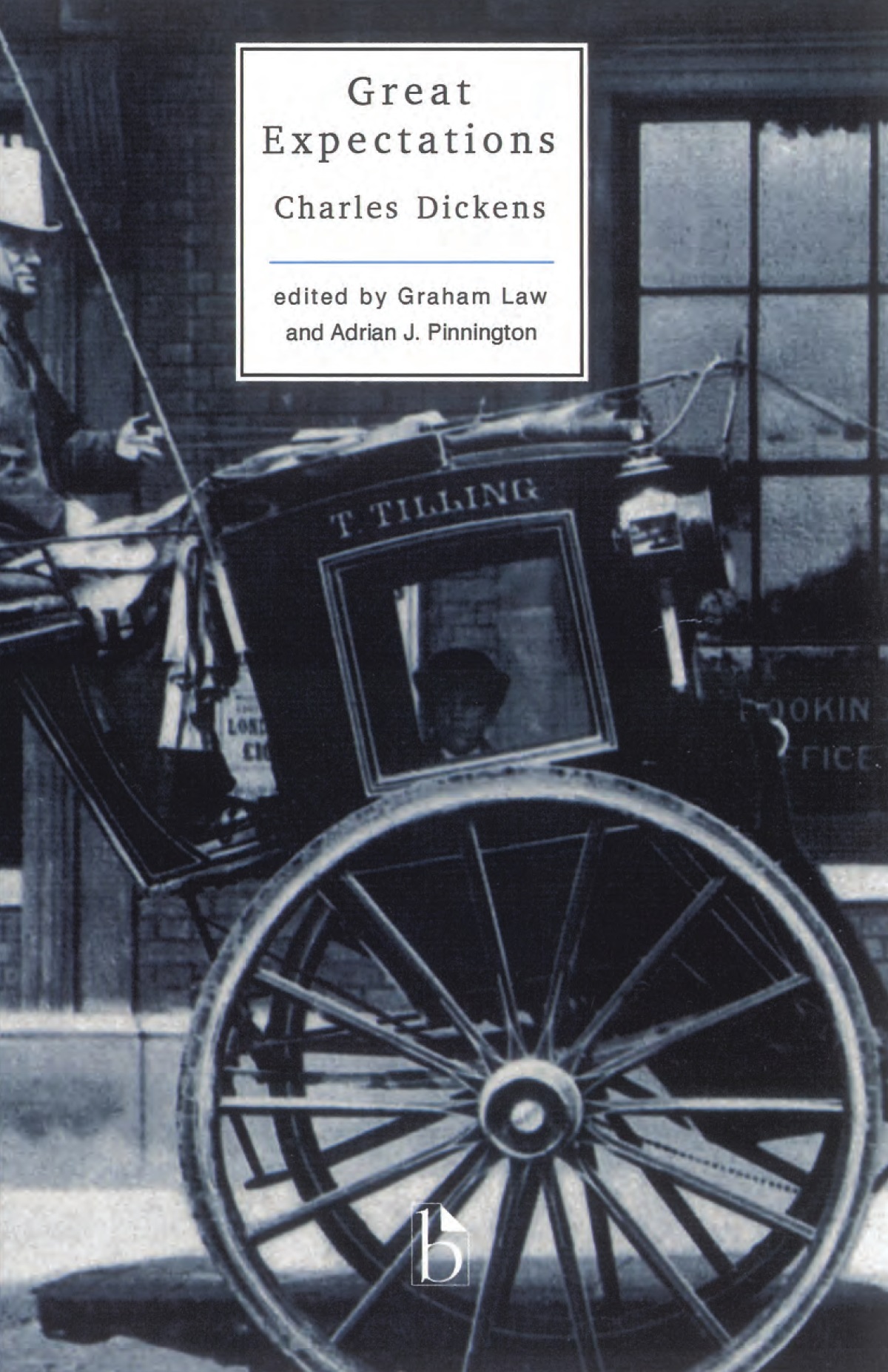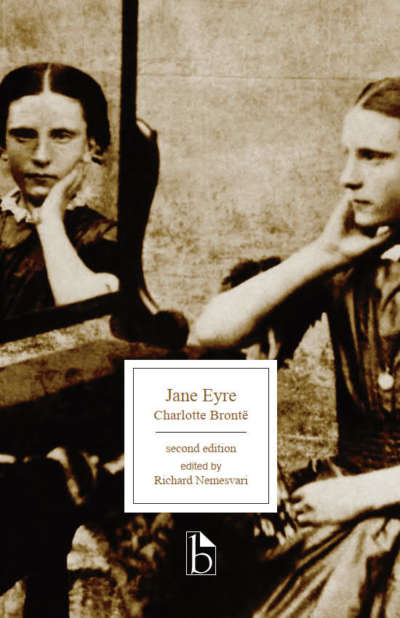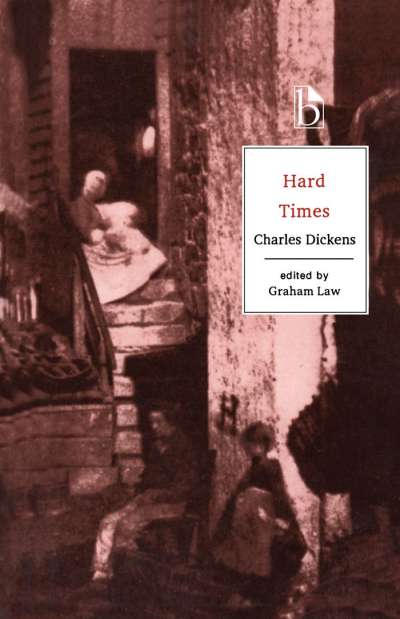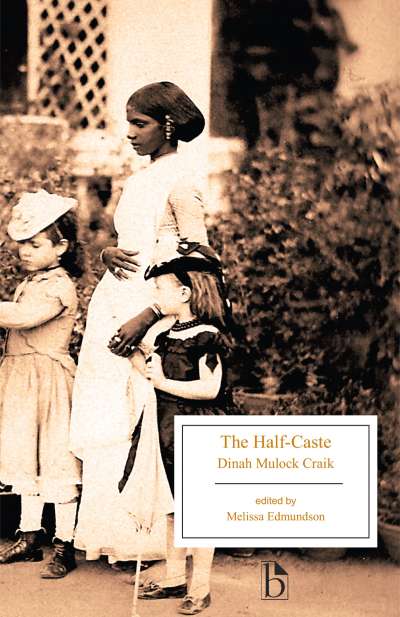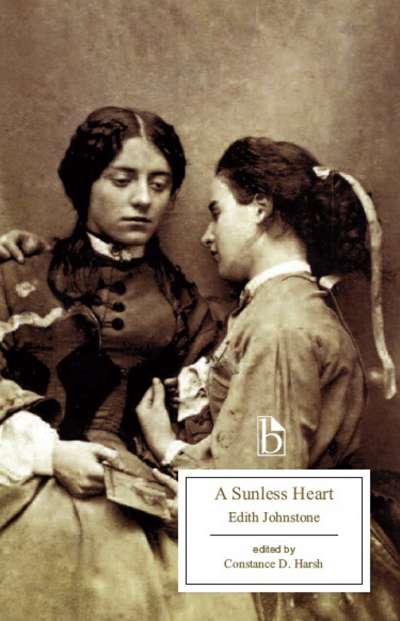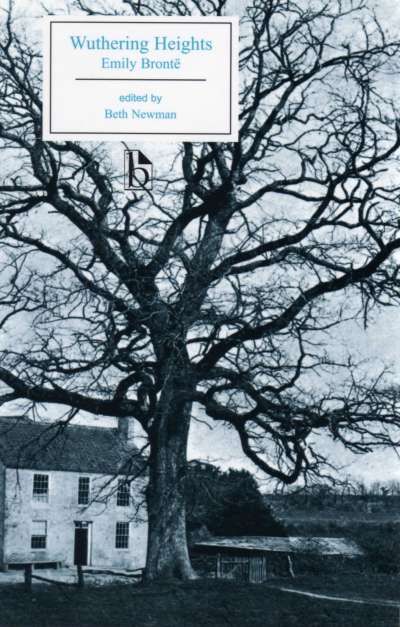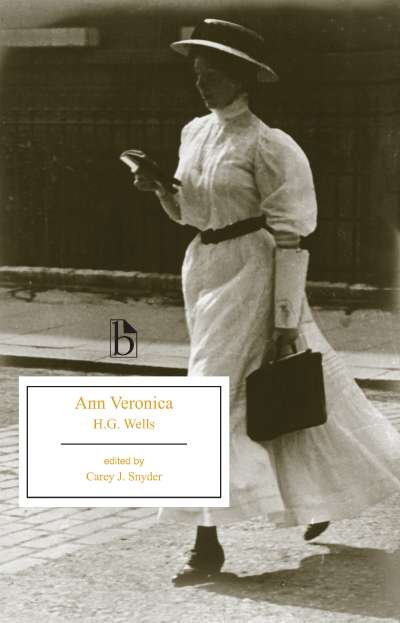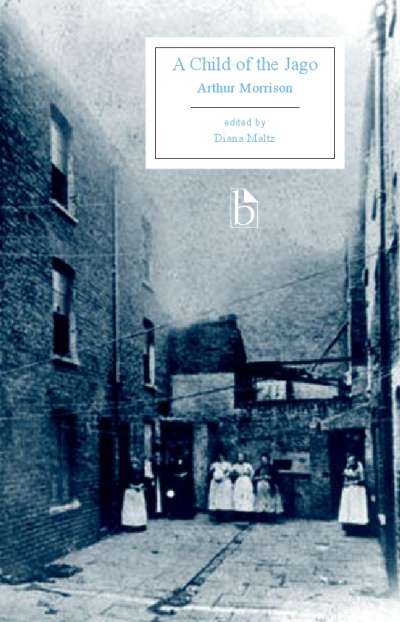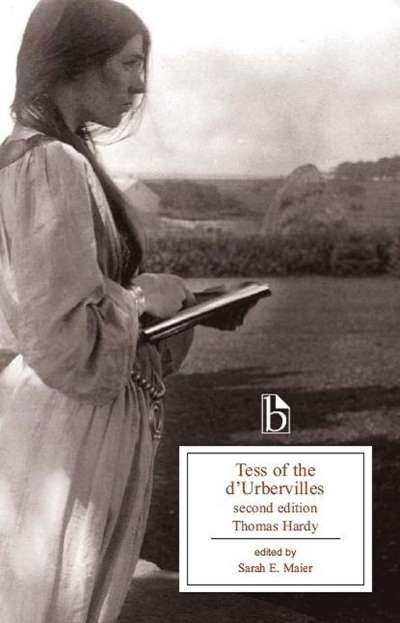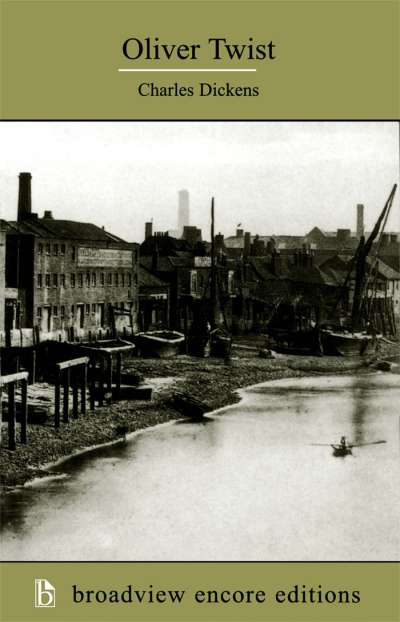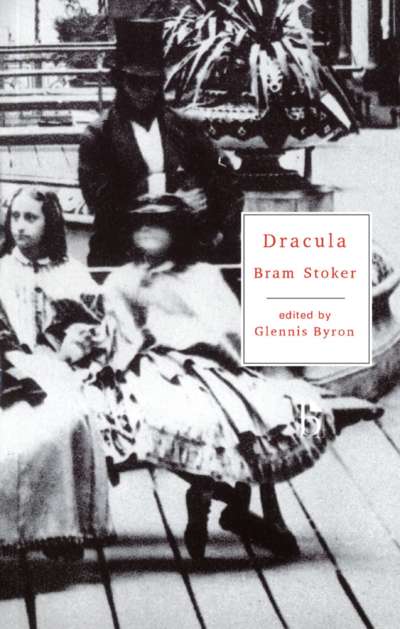Originally published in serial form from December 1860 to August 1861, Great Expectations is the ‘autobiography’ of Pip, as he transformed from apprentice village blacksmith to a London gentleman. Unlike many of Dickens’s earlier works, the novel is not so much a protest against social evils as a sustained meditation upon the process of social reform in Victorian England. It is this which gives such importance to the book’s handling of the theme of the gentleman, a theme central both to Dickens’s society and to his own life story.
Comments
“The notes to this edition of Great Expectations are extremely helpful, and the supporting materials are useful, clear, and well-selected. Law and Pinnington have put together an edition that takes into account what the contemporary (and especially, the non-British) reader needs in order to appreciate the novel. All in all, this is an excellent edition.” — Sally Mitchell, Temple University
“It is high time for this Dickens masterpiece to receive the kind of critical and contextual attention that this edition of Great Expectations affords. The editors provide essential information about Dickens’s compositional as well as publishing practices, and they further support this background with a sampling of the lively contemporary dialogue about the text in the periodicals of the day. They issues raised by the novel—namely class and language, and crime and punishment—are amply explored by pertinent historical documentation, including highly-charged autobiographical writing by Dickens himself that was not available to his contemporary readership. Moreover, the introduction expertly guides the reader though the application of these materials in a creative and inviting manner. Law and Pinnington have gathered together an impressive array of contemporary documents to promote an informed reading of this classic text … In particular, the maps and illustrations of the novel’s various settings allow the non-expert to quickly gain insights which should lead to intriguing arguments about how the novel has worked—for its own time as well as our own. I especially commend the editors for their resourceful choices related to the Victorian conception of what constitutes a true gentleman—itself perhaps the key question that helps to unlock the novel.” — Carol Hanbery MacKay, University of Texas-Austin
Introduction
Acknowledgements
A Note on the Text
Charles Dickens: A Brief Chronology
GREAT EXPECTATIONS
- Volume I
- Volume II
- Volume III
Explanatory Notes
Appendices: Contemporary Documents
Appendix A. The Composition of the Novel
- Dickens’s Working Memoranda
- Dickens’s Letters
Appendix B. Contemporary Responses to the Novel
- Athenaeum (13 July 1861)
- Examiner (20 July 1861)
- Saturday Review (20 July 1861)
- Atlantic Monday (September 1861)
- The Times (17 October 1861)
- British Quarterly Review (January 1862)
- Rambler (January 1862)
- Blackwood’s Magazine (May 1862)
- Temple Bar (September 1862)
Appendix C. On Class and Language
- Charles Dickens, “Hard Experiences in Boyhood” in John Forster,
The Life of Charles Dickens (1872-74)
- Charles Dickens, “Travelling Abroad” The Uncommercial Traveller (1861)
- Alexis deTocqueville, The Old Regime and the French Revolution (1856)
- Sir James Fitzjames Stephen, “Gentlemen” Cornhill Magazine (1862)
- William Sewell, “Gentlemanly Manners” Sermons to Boys at Radley School (1854-69)
- John Ruskin, “Of Vulgarity,” Modern Painters (1860)
- J.H. Newman, “Liberal Knowledge Viewed in Relation to Religion,”
The Scope and Nature of University Education (1859)
- Thomas Carlyle, “Labour,” Past and Present (1843)
- Samuel Smiles, “Character: The True Gentleman,” Self Help (1859)
- Mrs. Craik, John Halifax, Gentleman (1856)
- Thomas Hughes, Tom Brown’s Schooldays (1857)
- Reports on the State of Popular Education in England (1861)
Appendix D. On Crime & Punishment
- Mrs. Trimmer, The Charity School Spelling Book (1818)
- Charles Dickens, “Criminal Courts,” Sketches by Boz (1839)
- Charles Dickens, “A Visit to Newgate,” Sketches by Boz (1839)
- Report from the Select Committee on Transportation (1838)
- Henry Savery, Quintus Servinton (1830-31)
- Marcus Clarke, His Natural Life (1870-72)
- “The Autobiography of a Convict,” The Voices of Our Exiles (1854)
- John Binny, “Thieves and Swindlers,” in London Labour and the London Poor (1861)
- Thomas Carlyle, Model Prisons (1850)
- Thomas Beard, “A Dialogue Concerning Convicts,” All the Year Round (1861)
- Charles Dickens, “The Ruffian,” The Uncommercial Traveller (1868)
Maps and Illustrations Showing Settings
Map A: Estuaries of the Thames and Medway
Map B: City of London
Map C: Pip’s London
Illustration A. Smithfield Market
Illustration B. Barnard’s Inn
Illustration C. The River Front at Hammersmith
Illustration D. Covent Garden Market
Illustration E. The Royal Exchange
Illustration F. The Temple Stairs
Illustration G. London Bridge
Illustration H. Billingsgate Market
Select Bibliography
Graham Law, Professor of English at Waseda University, Japan, has written books and articles on nineteenth century and modern fiction, and edited Dickens’s Hard Times and Wilkie Collins’s The Evil Genius for this series.
Adrian J. Pinnington is Professor of English at Waseda University, Japan and the author of a variety of books and articles on English and Japanese literature.

